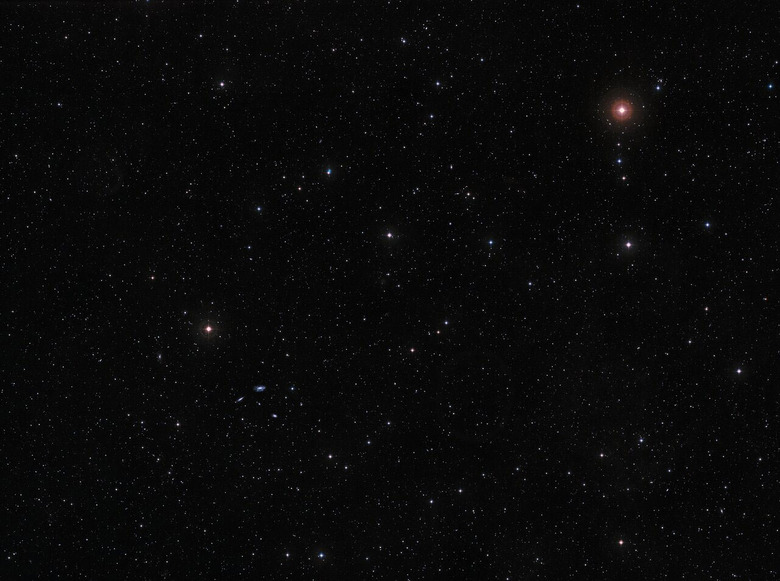Hubble Shares Image Of CW Leonis Carbon Star To Celebrate Halloween
NASA and the ESA have been operating the Hubble Space Telescope for a long time, and they have a long history of sharing special images to celebrate holidays. With Halloween happening this weekend, the ESA has shared that image of a carbon star called CW Leonis. The image below shows the star glowing in dark orange, green, and yellow colors.
The colors come from a thick cloud of dust hiding a luminous red giant star with a carbon-rich atmosphere. The dying star has a cloud of sooty gas and dust surrounding it, created as the star's outer layers were thrown into space. CW Leonis was a small to intermediate mass star, and when stars of this type consume all of their hydrogen fuel in their core, they lose the outward pressure that balances the intense gravity inside their core.
When the core loses equilibrium, the star begins to collapse. As that happens, the plasma shell surrounding the core becomes hot enough to fuse hydrogen, generating extreme heat and dramatically expanding the star's outer layers, creating a red giant. When stars enter the red giant phase, they throw huge amounts of dust and gas into space, and eventually, their outer layers will be completely jettisoned.
It's that process that has resulted in CW Leonis being surrounded by dense sooty dust. The ESA says CW Leonis' orange, yellow, and green colors make it perfect for celebrating Halloween. While the images have the creepy look that Halloween is known for, they were originally taken by scientists attempting to learn more about the star.

It is the closest carbon star to Earth, roughly 400 light-years away in the constellation Leo. One of the most interesting observations about CW Leonis is that the bright beams of light radiating outward have changed in brightness over the last 15 years. Astronomers believe the change in brightness of the beams of light is caused by gaps in the dust surrounding the star, allowing them to illuminate dust further away. However, at this time, there is no clear indication of why the brightness has changed.
